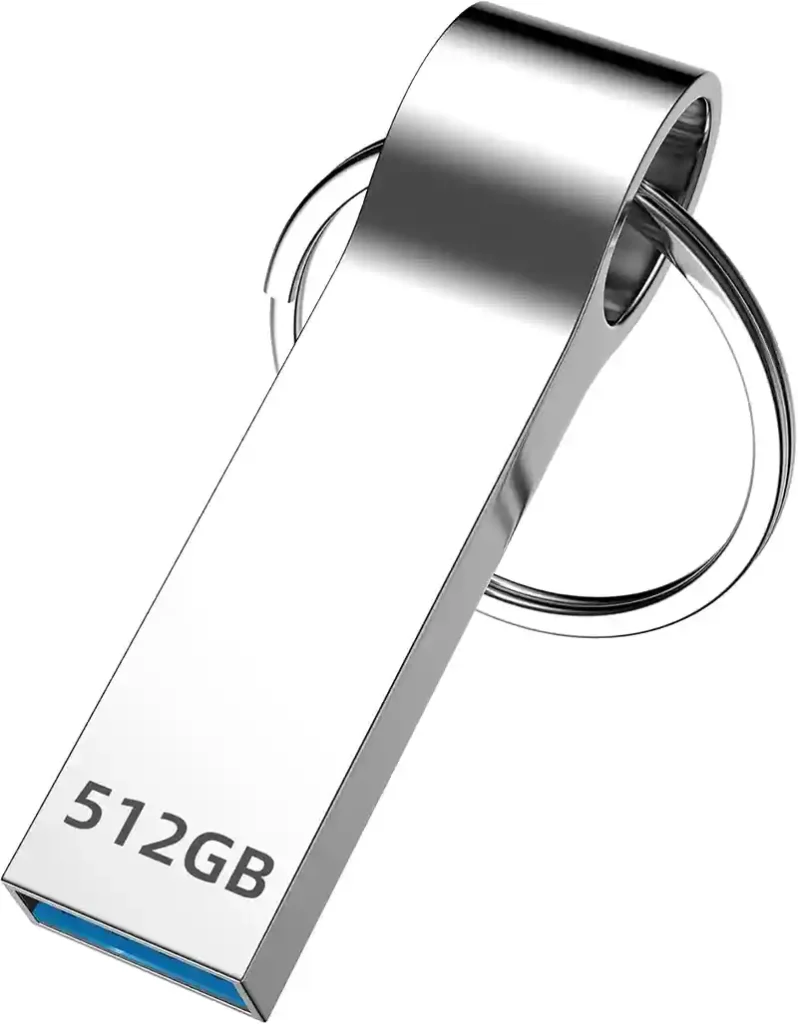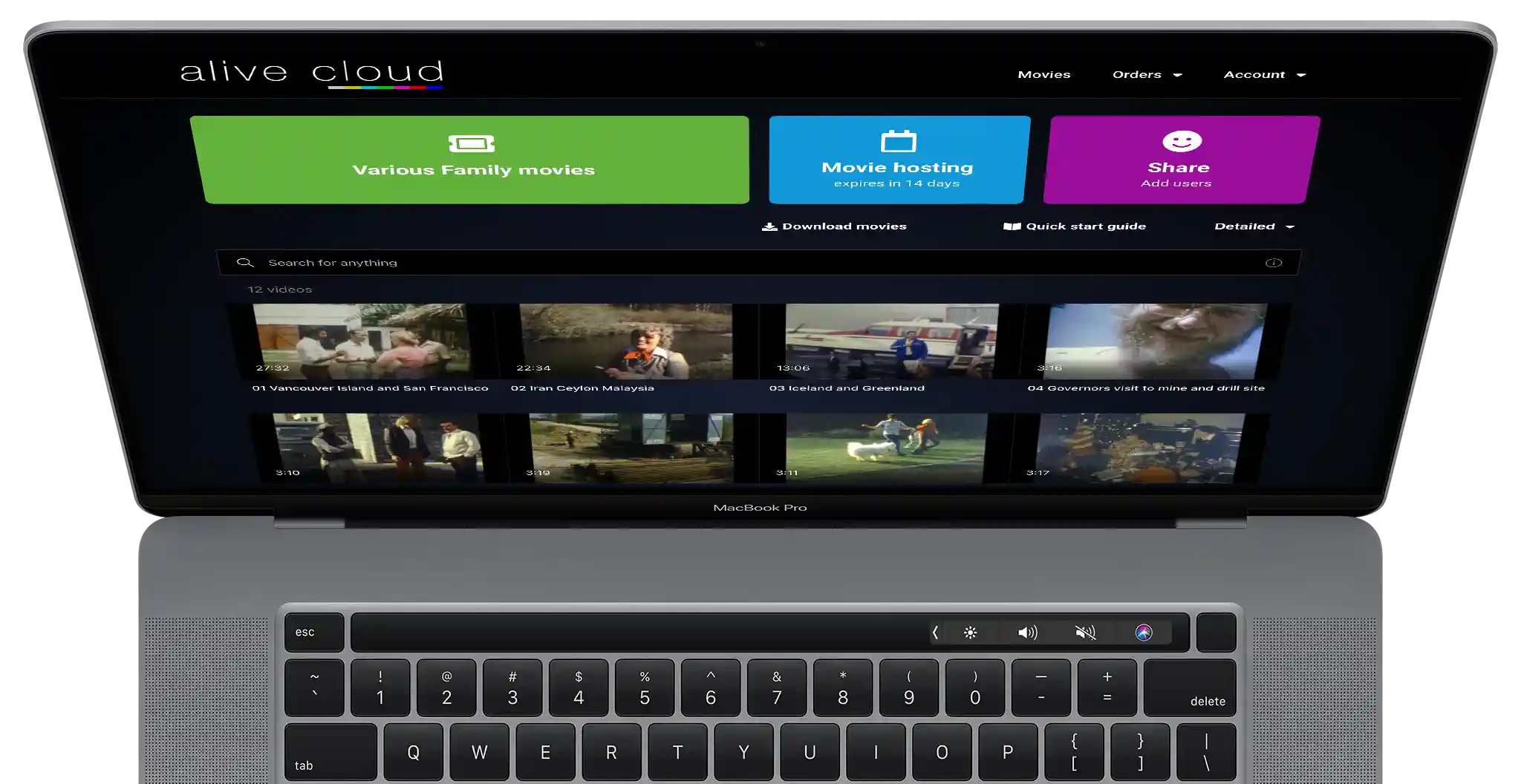We’ve noticed an increase in fake USB sticks being sent to us for transferring your home movies. These are not the USB sticks we provide; rather, they are ones that our customers purchase and send in for us to use. Unfortunately, we don’t always know when a USB stick is fake until we try to use it. For example, a stick might claim to have 256GB of storage, but we can only copy 32GB worth of files, with many not playing correctly. This is how we identify fake sticks. These deceptive USB sticks are often purchased from various online platforms like Amazon or eBay. Below is some information and a video on how fake USB sticks work and how to avoid them.

Fake USB
Fake USB sticks are devices that appear to offer a larger storage capacity than they actually do. These deceptive devices can be sold at low prices, misleading consumers into thinking they are getting a good deal. Here’s how they work:
Reprogramming the USB Controller:
Firmware Manipulation: The core of a USB stick is its controller chip, which manages the data storage and communication with a computer. In a fake USB stick, this controller is reprogrammed to falsely report a higher storage capacity. For example, a USB stick with 8GB of actual memory might be made to report 128GB to the operating system.
False File Storage:
Data Corruption and Loss: When you save files to the USB stick, it initially appears to work fine. However, once the real storage capacity is exceeded, the data can be corrupted, overwritten, or lost because the USB stick doesn’t have the physical memory to store all the files. The fake firmware tricks the operating system into thinking the files are successfully saved, but in reality, only a portion is actually written, and the rest may become inaccessible or corrupted.
Deceptive Packaging:
Branding and Appearance: These fake USB sticks often come in packaging that mimics well-known brands or features design elements that suggest high capacity. This is done to further mislead consumers into thinking they are buying a legitimate, high-capacity product.
Avoid buying a fake USB stick
Purchase from Reputable Retailers:
- Buy from Known Brands: Stick to well-known brands like SanDisk, Kingston, or Samsung, and purchase directly from their official websites or authorized dealers.
- Avoid Third-Party Sellers: On platforms like Amazon or eBay, ensure you’re buying from the official store or a reputable seller with positive reviews.
Be Wary of Unrealistic Deals:
- Price vs. Capacity: If a deal seems too good to be true, it probably is. High-capacity USB sticks at unusually low prices are often fake.
- Compare Prices: Check prices across different sellers. A significant price drop from one seller can be a red flag.

